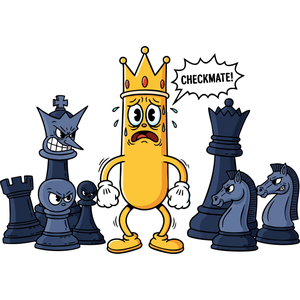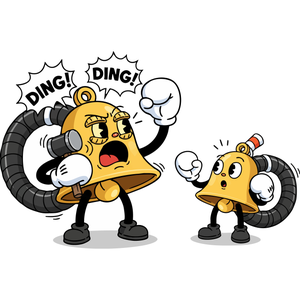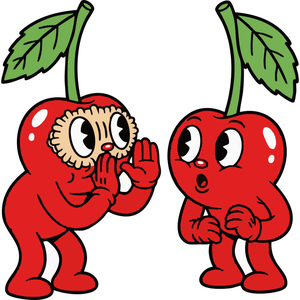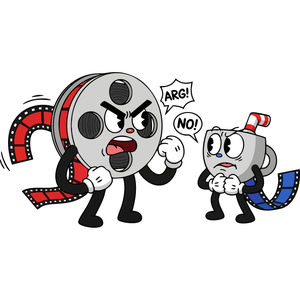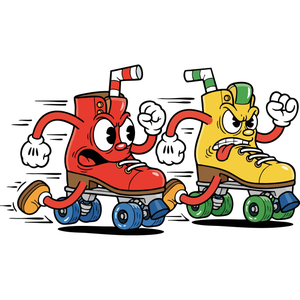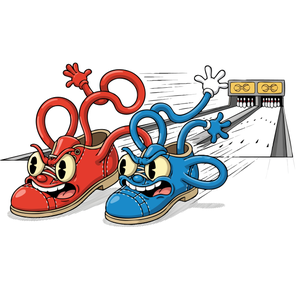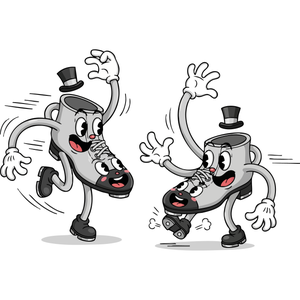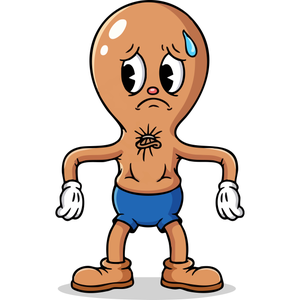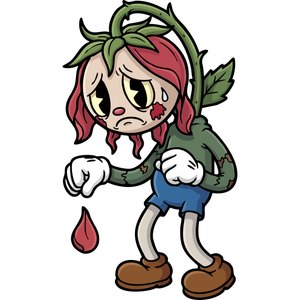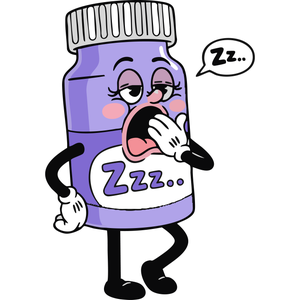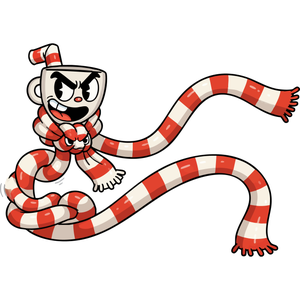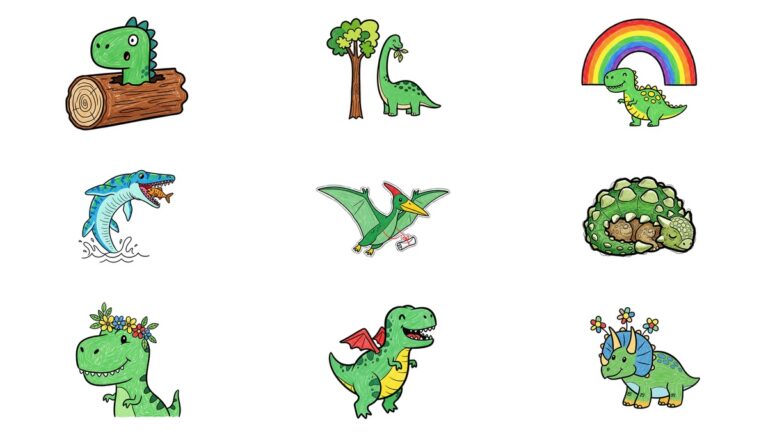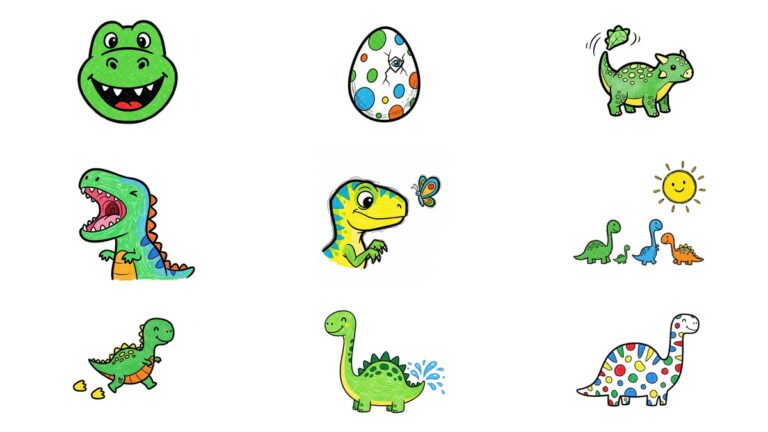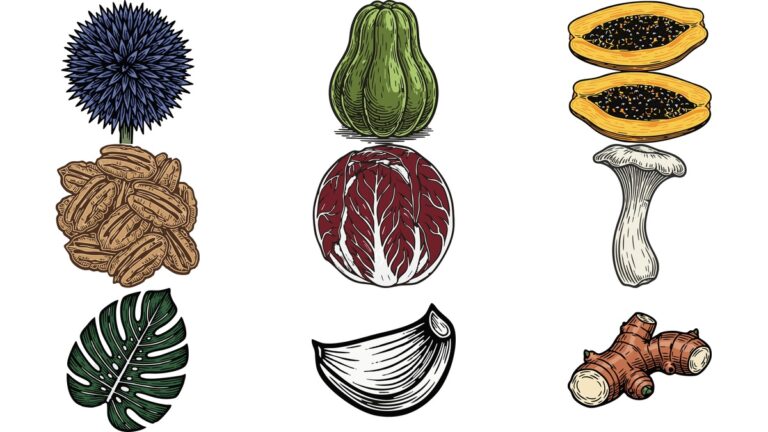An Animated Journey to the 1920s: What Is Rubber Hose Style?
Rubber hose is a charming and iconic style that originated in the golden age of American animation in the 1920s. As the name suggests, its most defining characteristic is that characters’ limbs bend and stretch freely as if they were boneless ‘rubber hoses.’ This style maximized the fun of movement and rhythm over realistic expression, breathing life and joy into early animation.
Part 2: Felix the Cat – Animation’s First Global Superstar
When discussing the explosive popularity of rubber hose animation, all roads lead to a single black cat: Felix the Cat. Felix was more than just a cartoon character; he was the first case to prove that a drawing on a screen could become a global cultural icon. His appearance changed the history of animation and provided the blueprint for the character industry as we know it today.
The Mystery of Creation: Pat Sullivan vs. Otto Messmer
Felix first appeared in 1919 under the name ‘Master Tom’ in the short animation . However, behind his creation lies a long-standing authorship dispute. Officially, studio owner Pat Sullivan was credited as the creator, reaping both public acclaim and commercial profits. But the man who actually led the creative work was head animator Otto Messmer. He was the hidden master who brought the character to life, producing hundreds of Felix animations almost single-handedly. This imbalanced relationship between producer and artist became a recurring pattern in the history of animation.
The Cat’s ‘Character’: What Made Felix a Star?
What set Felix apart from previous moving pictures was that he was the first animated character with a distinct ‘personality’. He didn’t just move; he thought, planned, and expressed emotions. His signature pose of pacing with his hands behind his back while deep in thought imprinted on the audience that Felix was not just a drawing, but a living being.
His greatest charm was his surreal imagination. Felix showcased a visual wit that transcended the limitations of the silent film medium, such as detaching his tail to form a question mark or transforming it into a tool to overcome predicaments. This ability to transform conveyed complex ideas without dialogue, thrilling audiences.
Felix’s popularity spread beyond the screen to the entire world. A newspaper comic strip began in 1923, and countless merchandise items, including dolls and clocks bearing his face, flooded the market. His success acted as a catalyst for other studios to rush to create similar-style characters , and he even contributed to changing the image of the black cat, a symbol of bad luck in Western culture, into something friendly.
Thus, Felix’s success was the first event to prove that an animated character could be the center of a massive media franchise encompassing film, publishing, and merchandising. The prototype of the business model that giant corporations like Disney take for granted today was already perfected in the 1920s by a silent, black-and-white cat. Felix was not just a star; he was a pioneer who opened up the possibilities of the entire character-driven entertainment industry.

a Villainous, Snapping Mousetrap |

a Winking “Fin” Title Card |

a Winking, Mischievous Jack-O’-Lantern |

a Wise Old Fountain Pen Writing a Signature |

an Angry Pepper Grinder Sneezing Pepper |
[ Ad code will be inserted here ]


